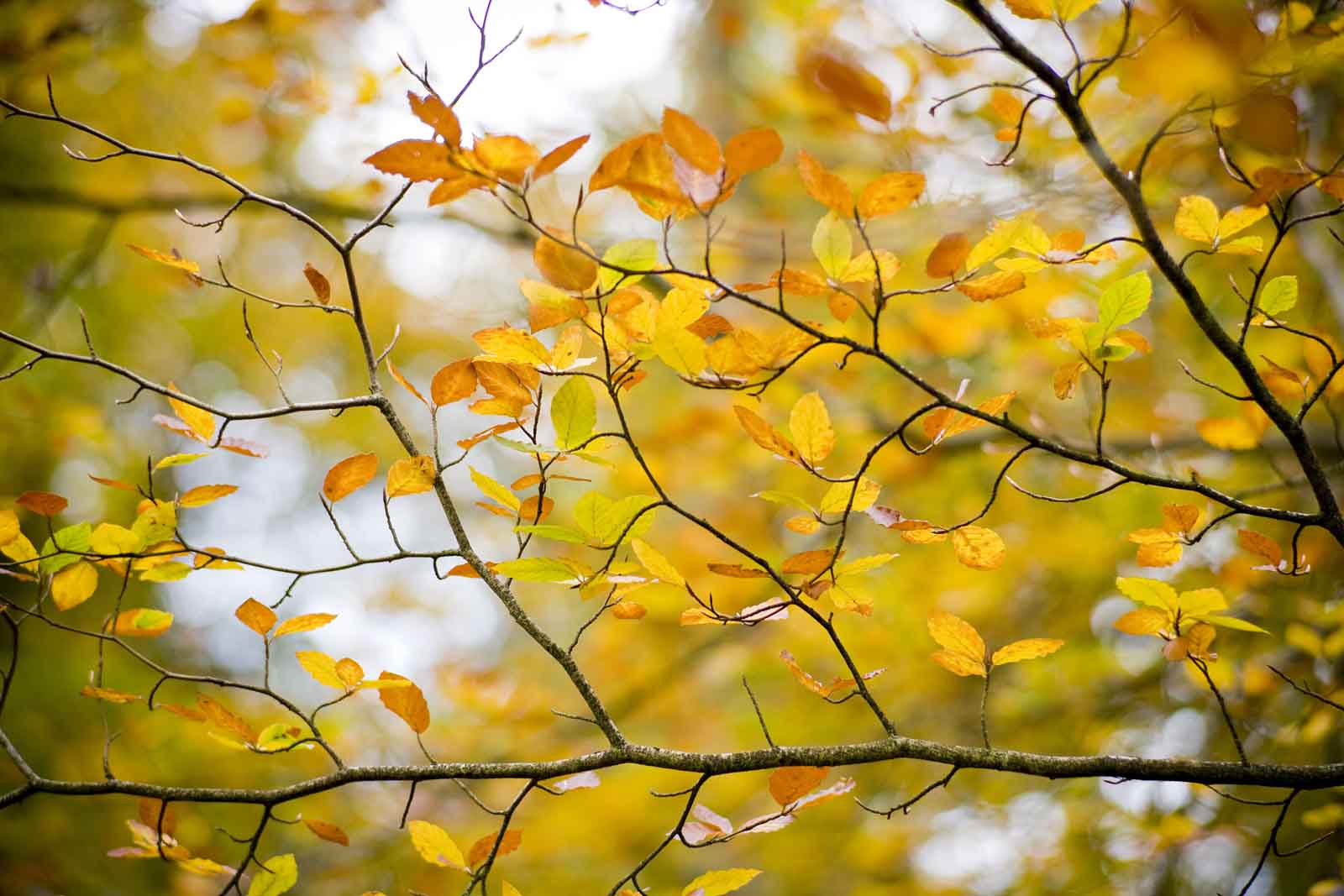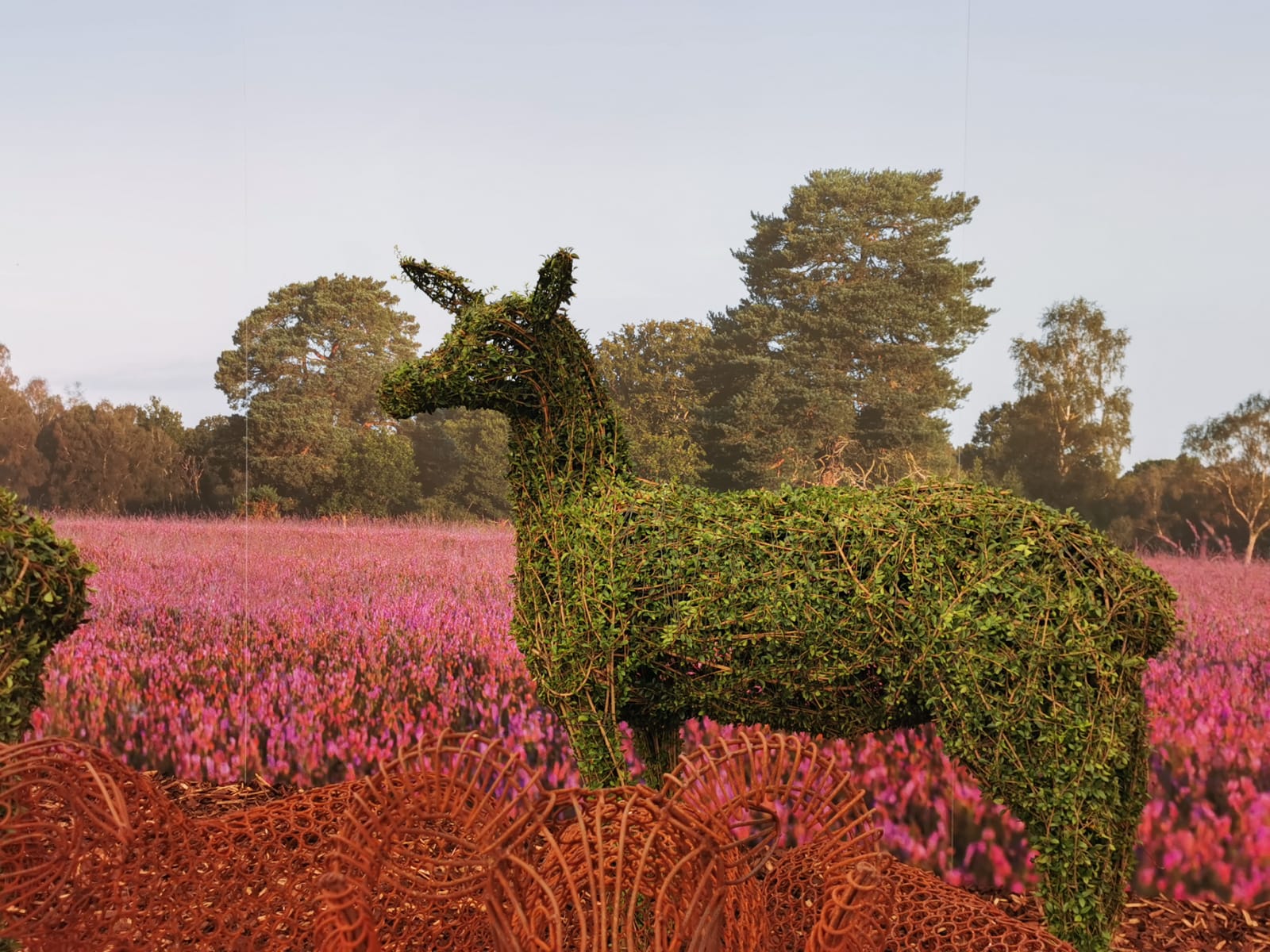
The word ‘topiary’ comes from the Latin word topiarius; meaning ‘landscape gardener’.
Topiary is the horticultural art of clipping and training shrubs or trees into ornamental shapes
and sculptures.
The resulting topiary shape can be as exotic and elaborate as desired; ranging from animal shapes and figures to a well-trimmed hedge.
Agrumi are specialists in creating bespoke topiary sculptures.
Agrumi can create pieces based on almost any design, which allows for plenty of creativity.
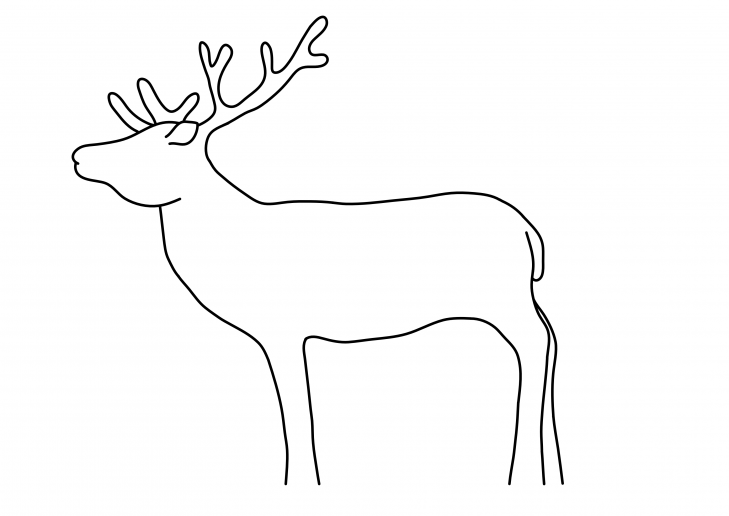
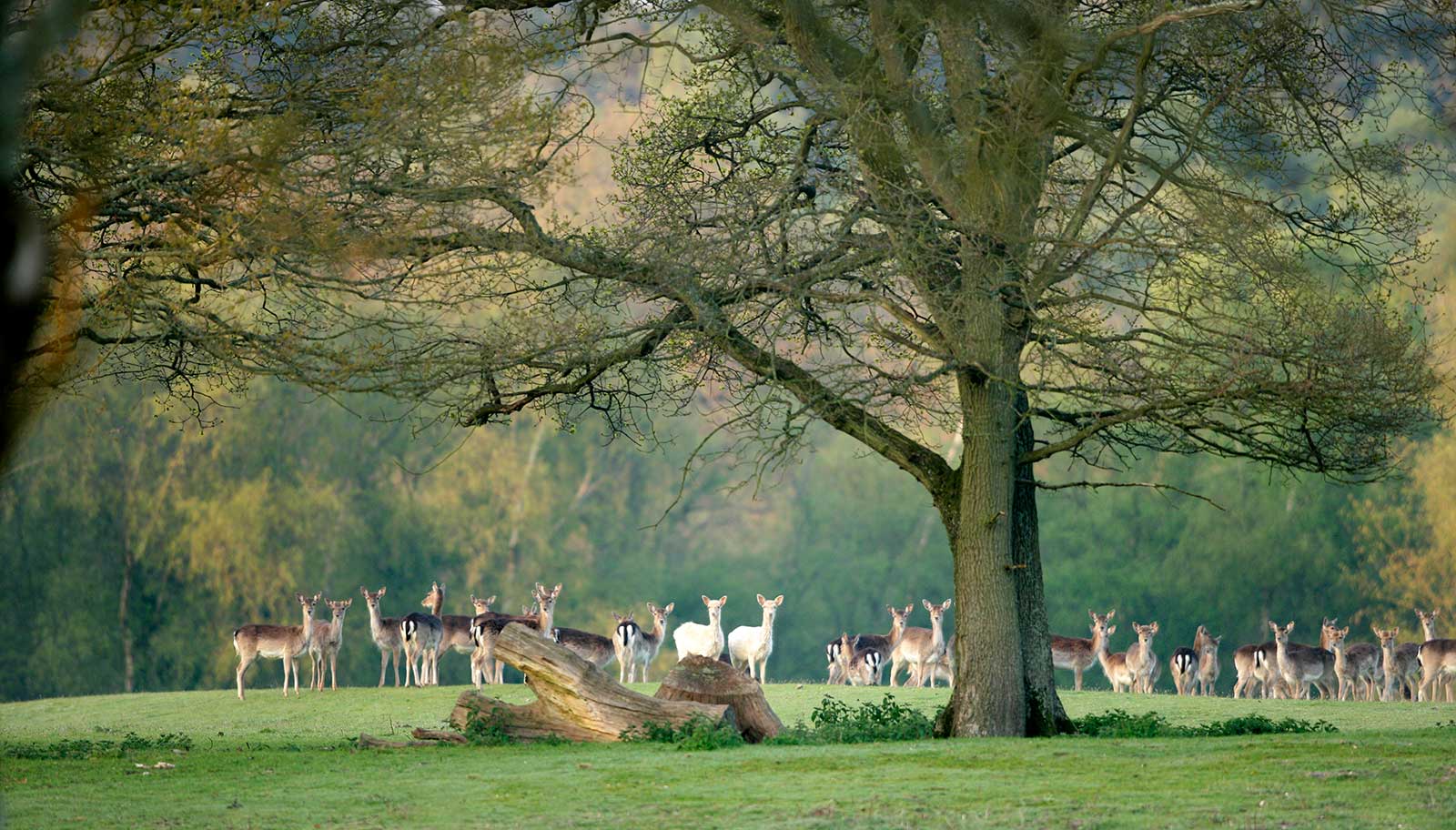
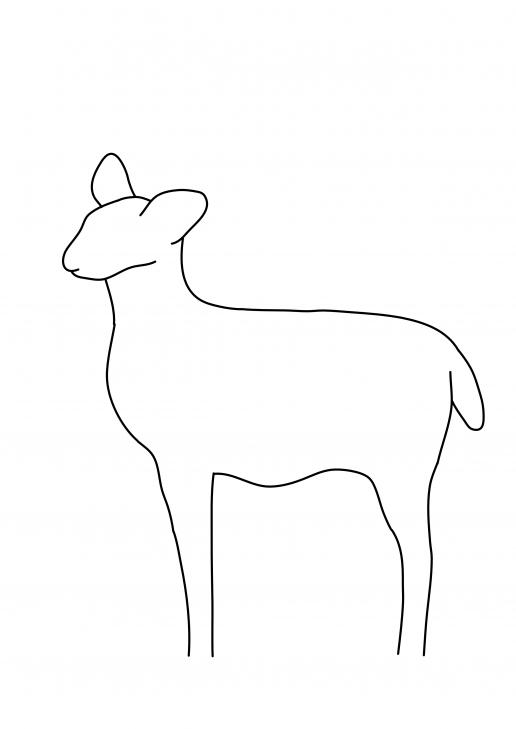
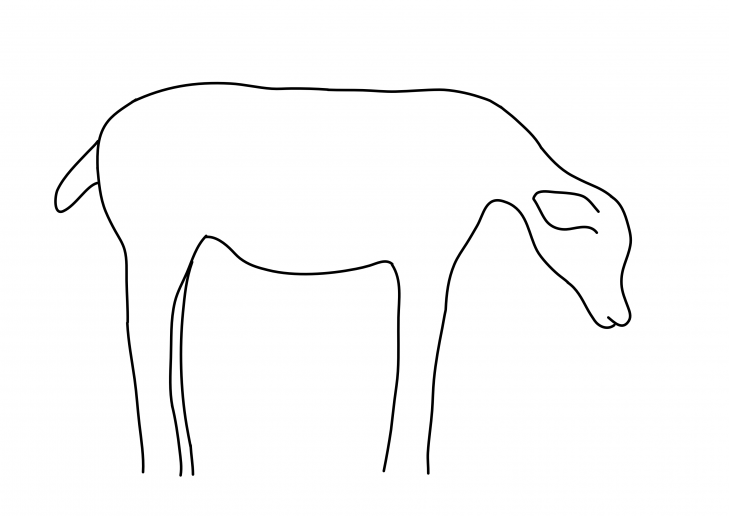
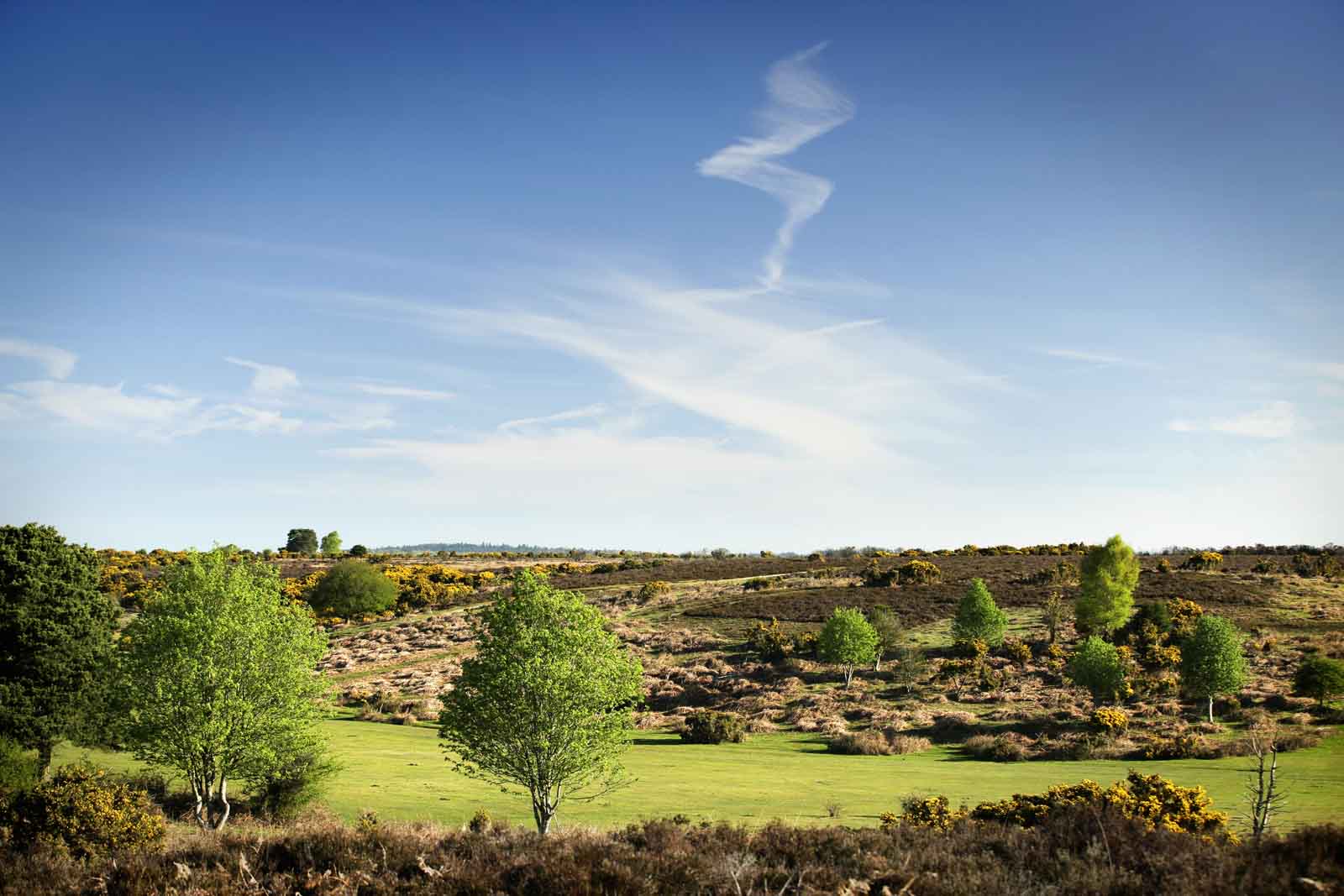
Our topiary artists create the sculptures and frames by hand, in this custom-designed topiary workshop.
Luigi - Having worked closely with nature, Luigi can recreate realistic 3D forms, capturing the personality of each animal perfectly.
Rachel - Working as Luigi’s understudy, Rachel makes smaller topiary and also helps to design and coordinate bespoke larger sculptures.
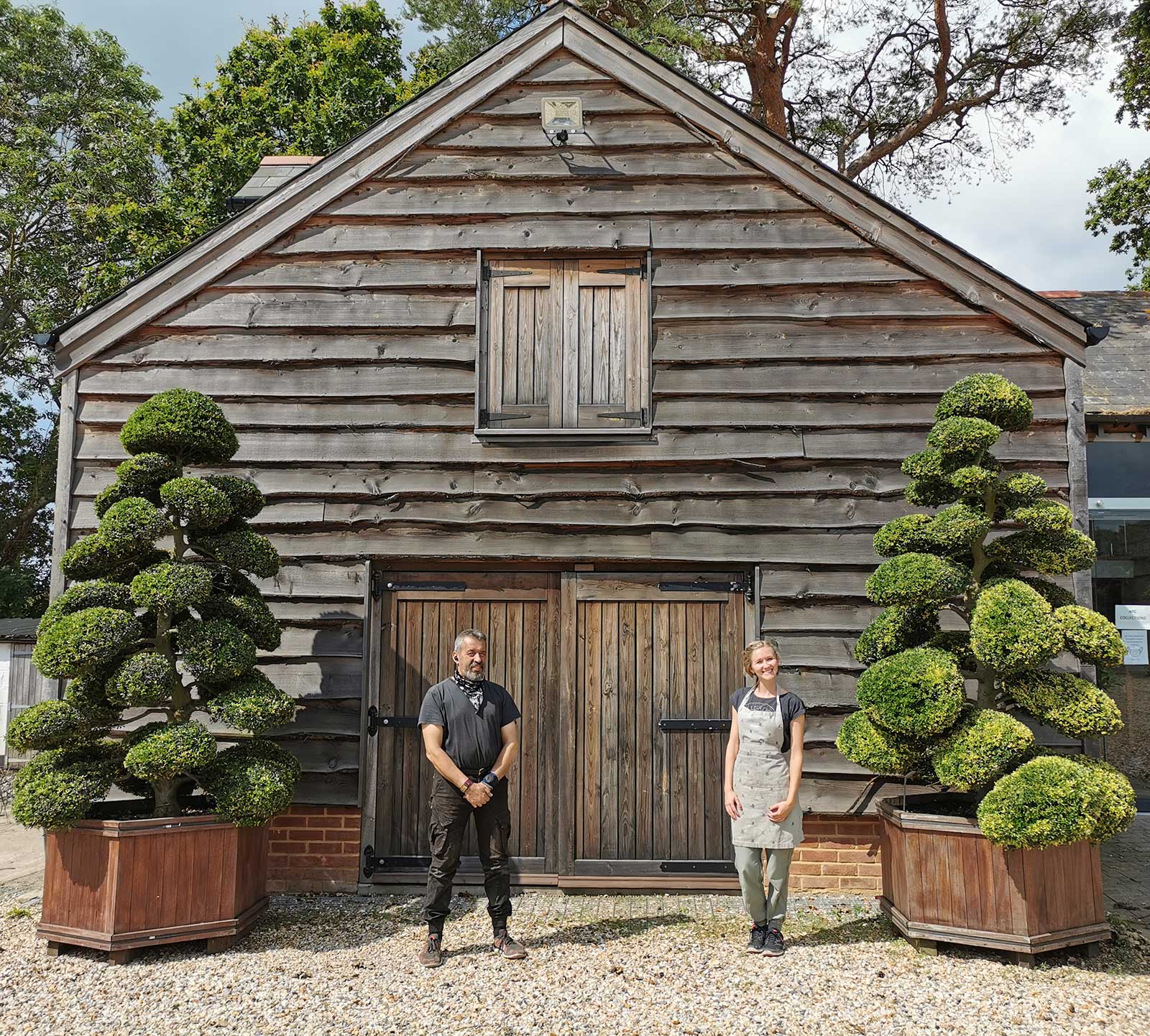
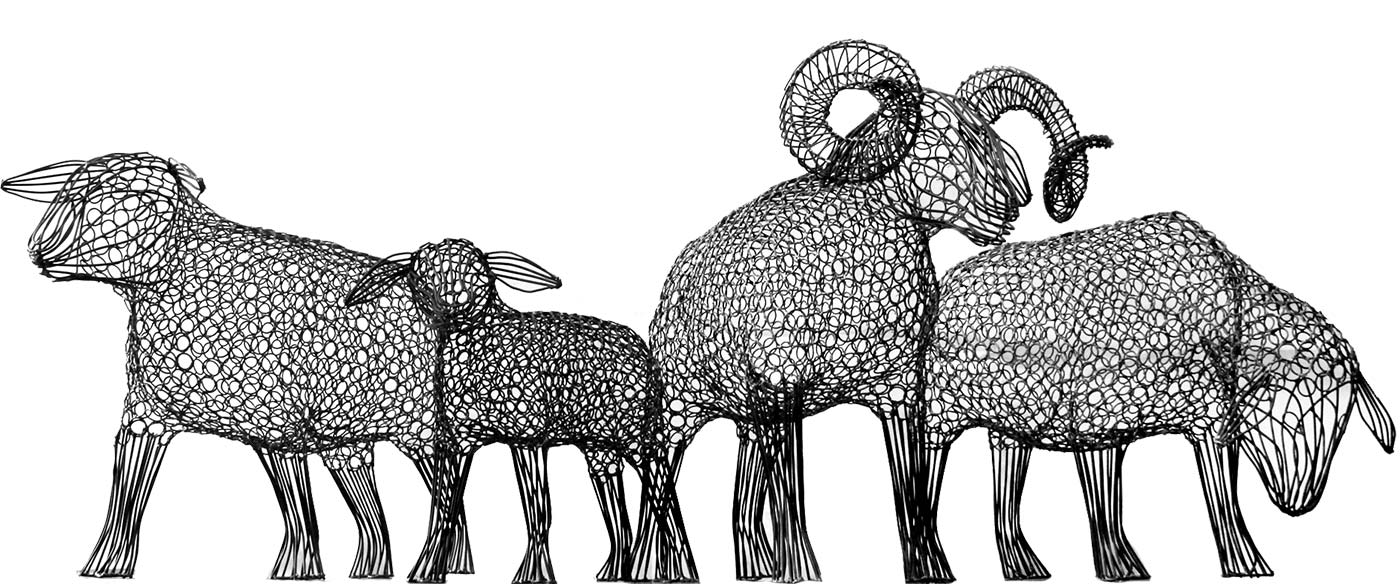
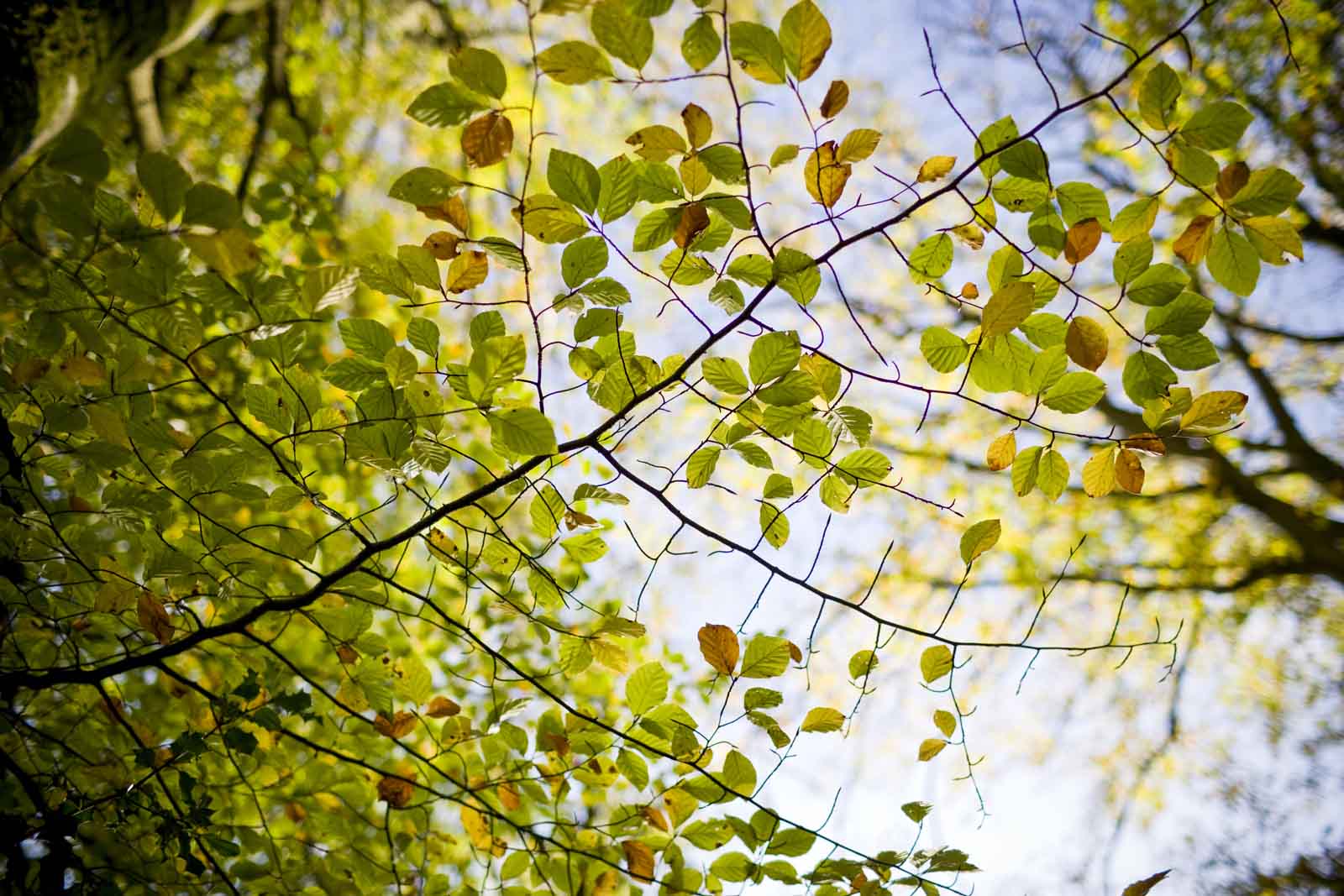
The rootstocks of the plants are secured into place at the base of the sculpture.
Each branch is then carefully woven around the armature and secured in place with paper covered wire, to reduce the use of plastic.
The planter is then filled in with peat-free compost, pumice stones and mycorrhizal fungi.
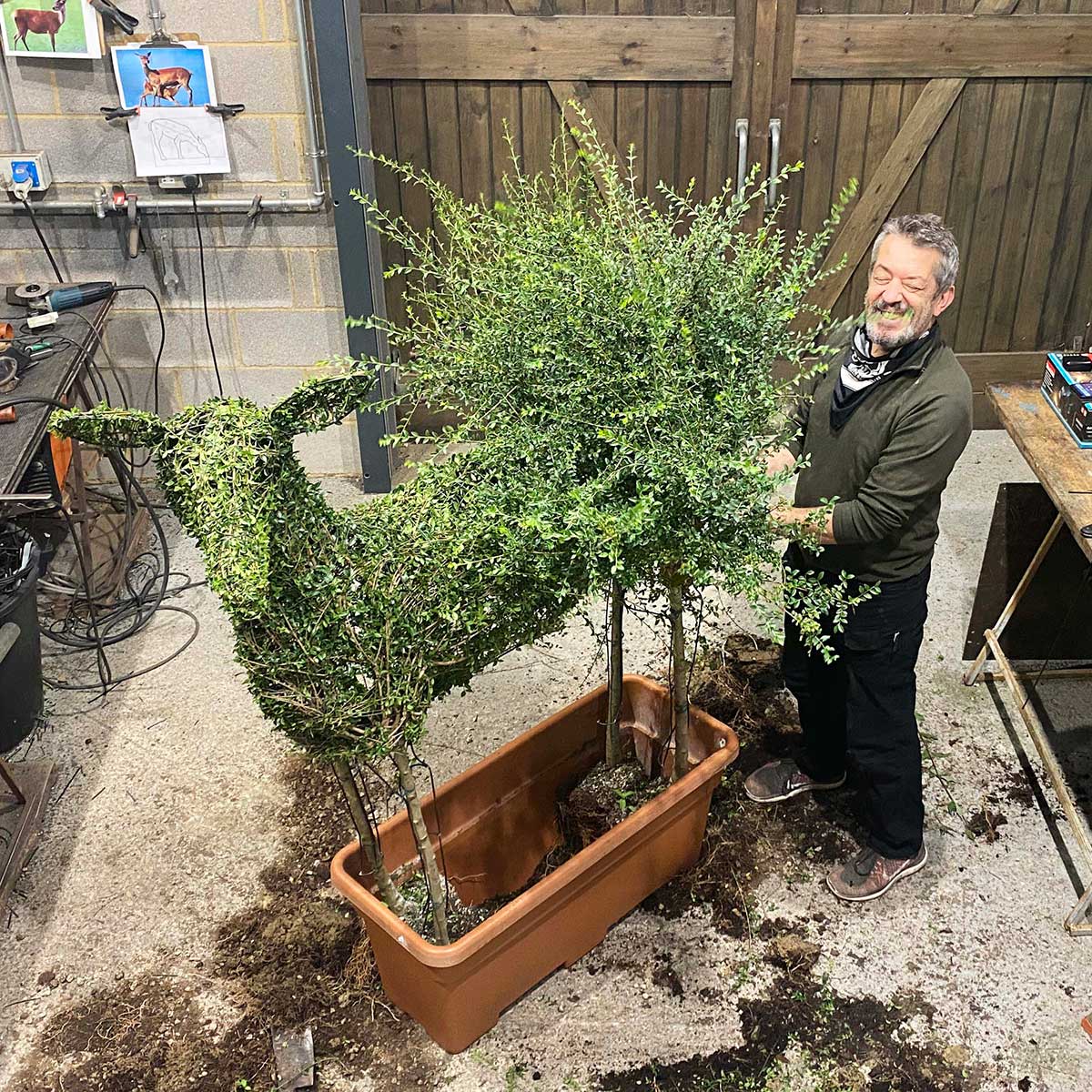
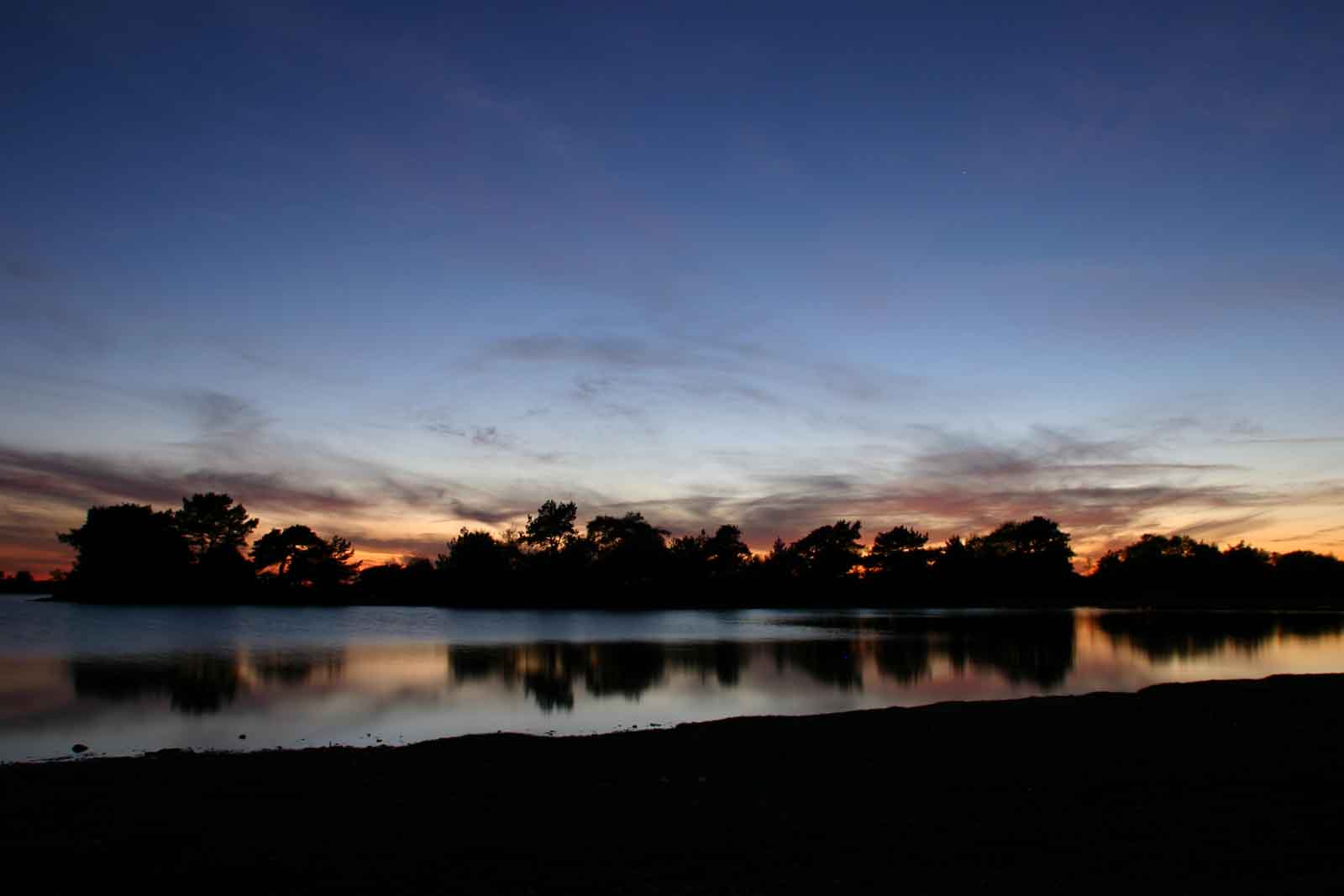
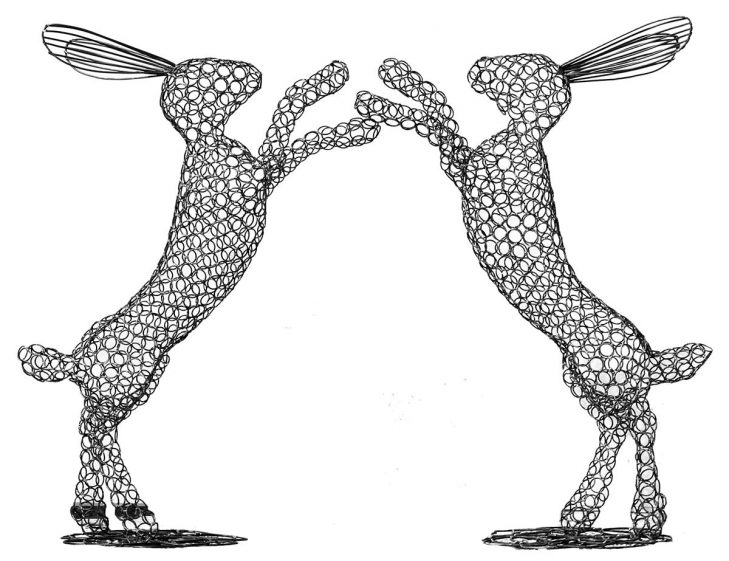
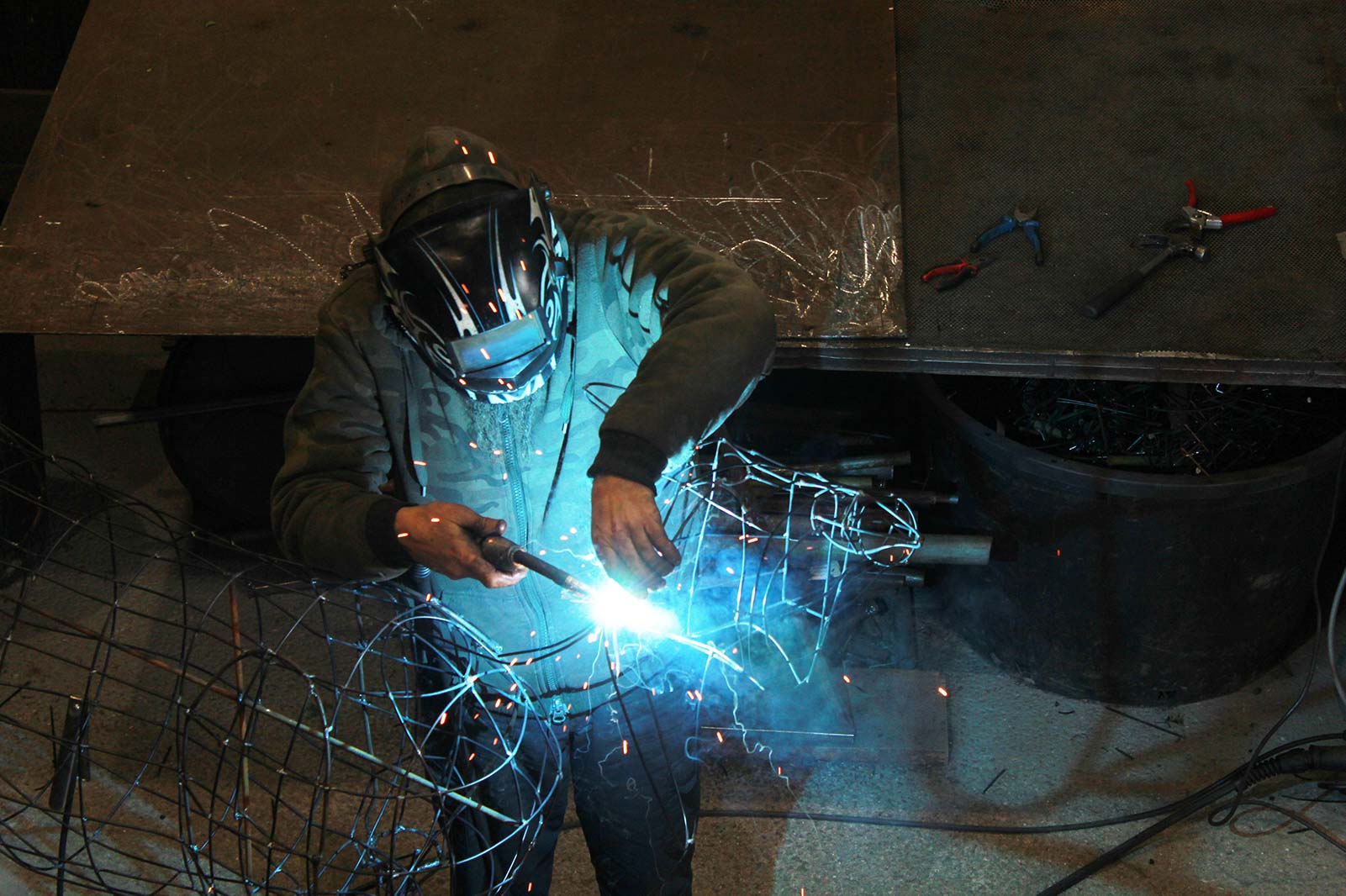
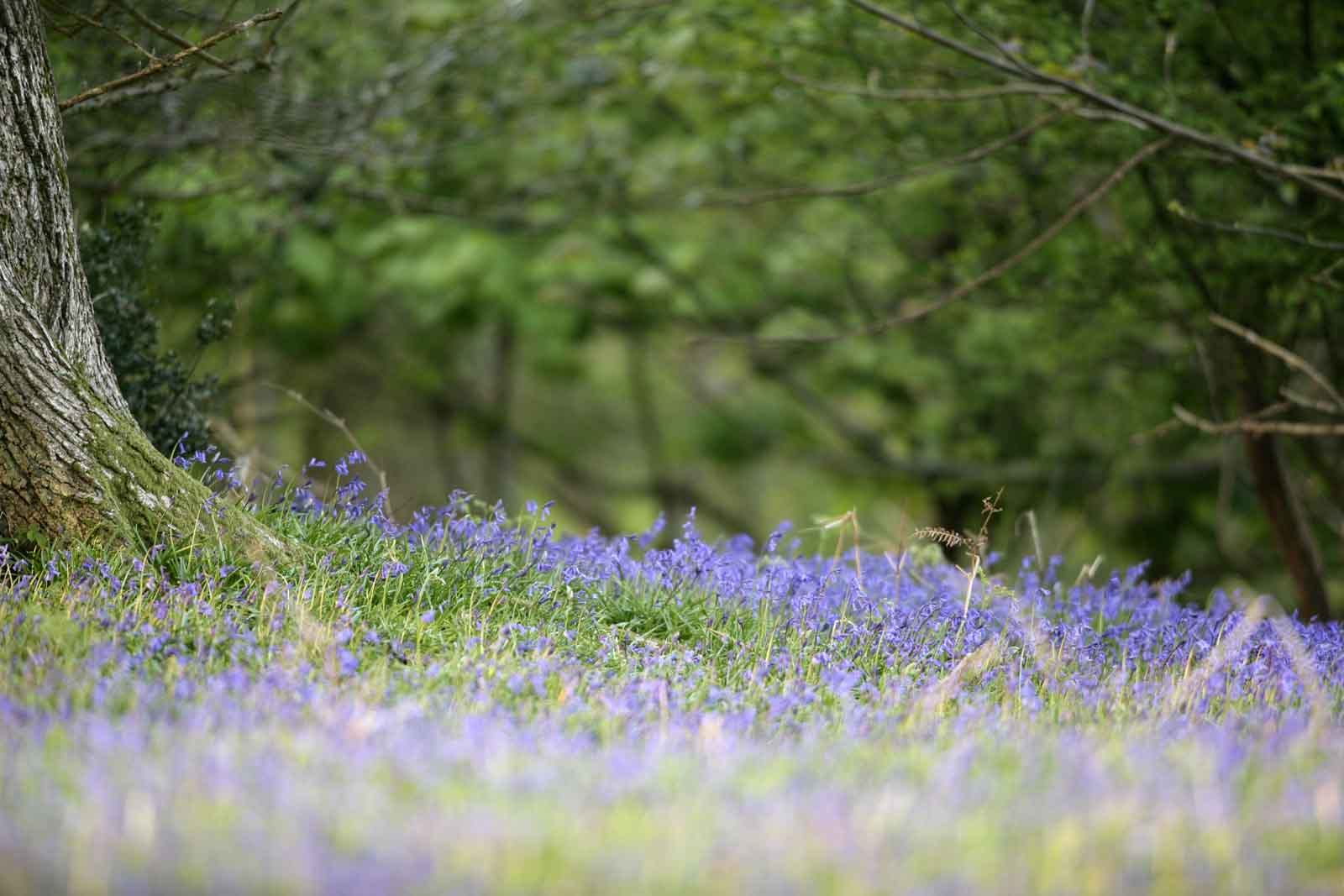
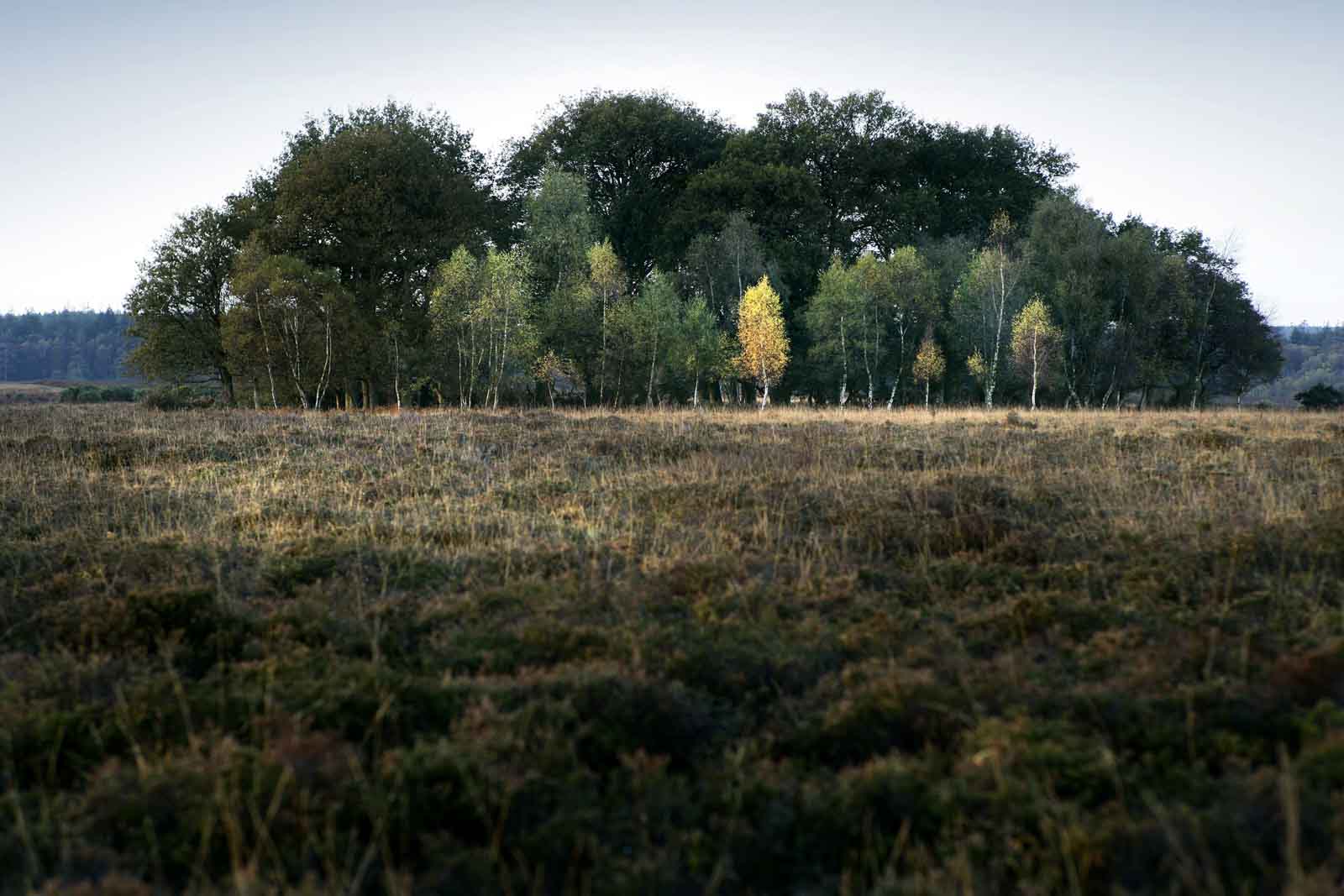

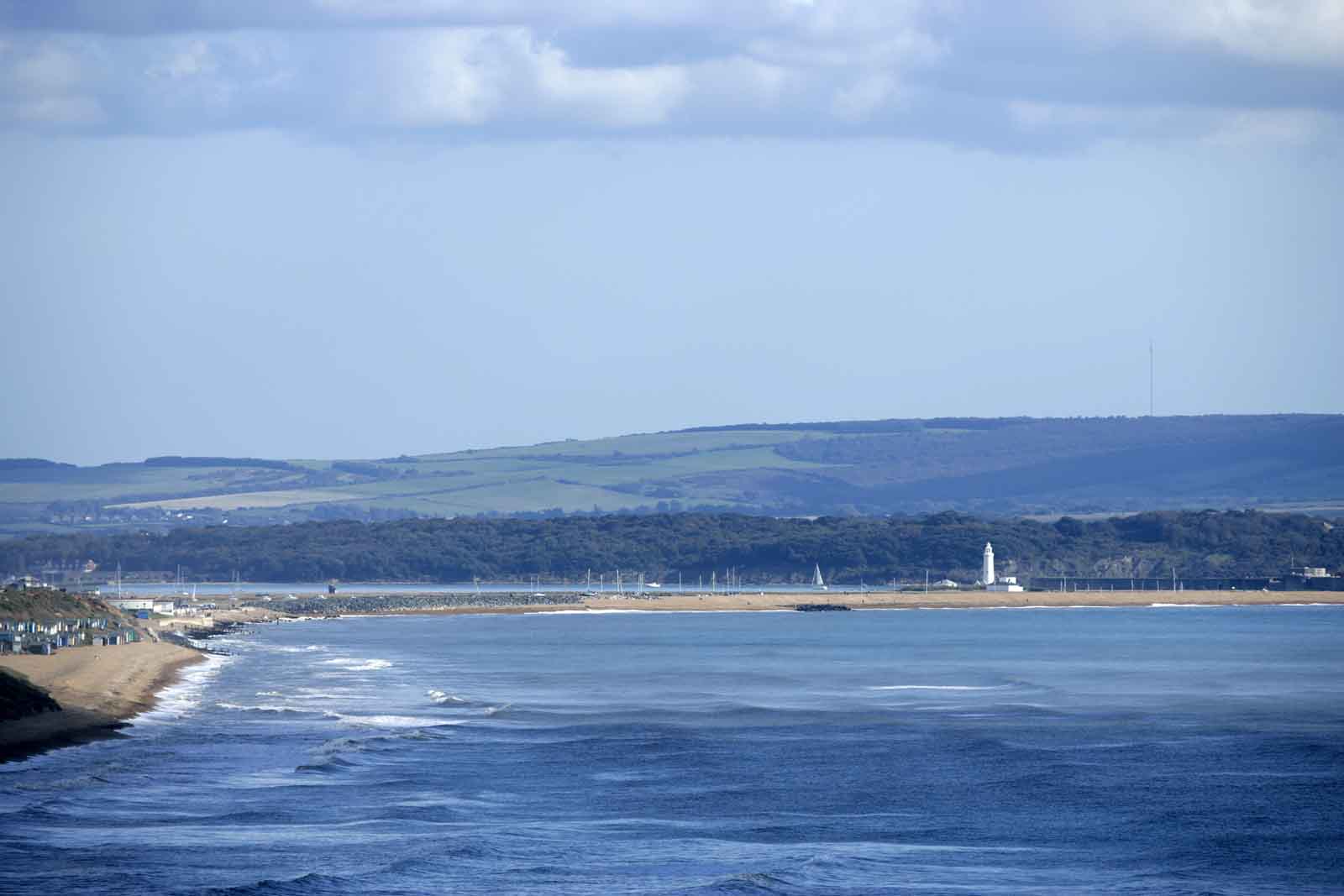
Underneath the foliage of all of Agrumi’s Ligustrum delavayanum plant sculptures, there is an armature frame.
This is hand-manipulated into shape and welded to form Agrumi’s designs.
The rootstocks of the plants are secured into place at the base of the sculpture and the main stems start off loosely wound around the framework.
Each branch is then carefully woven around the armature and the foliage grows to cover the entire design.
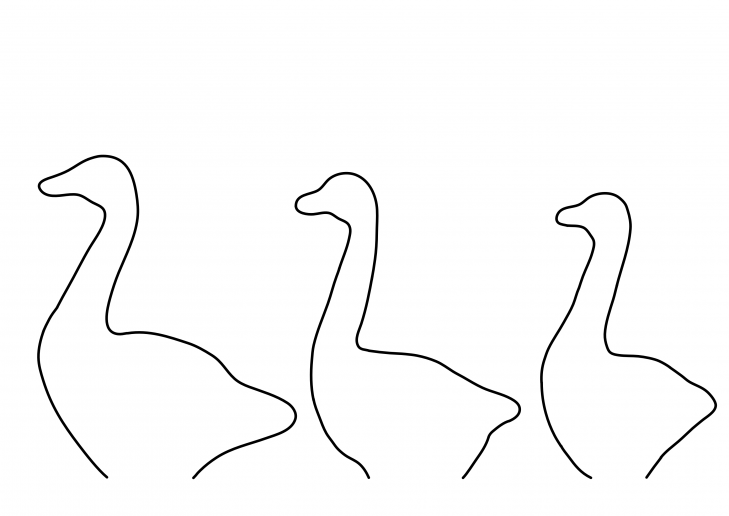
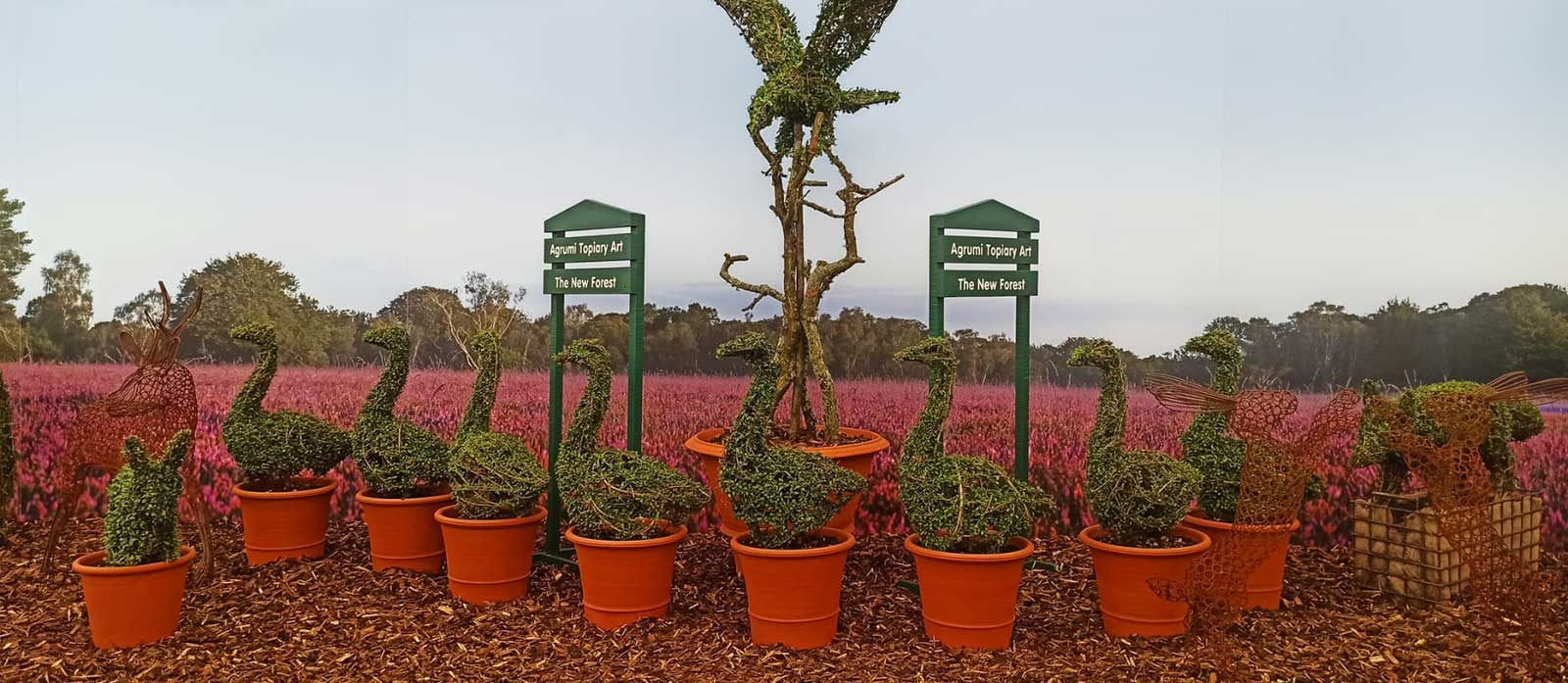
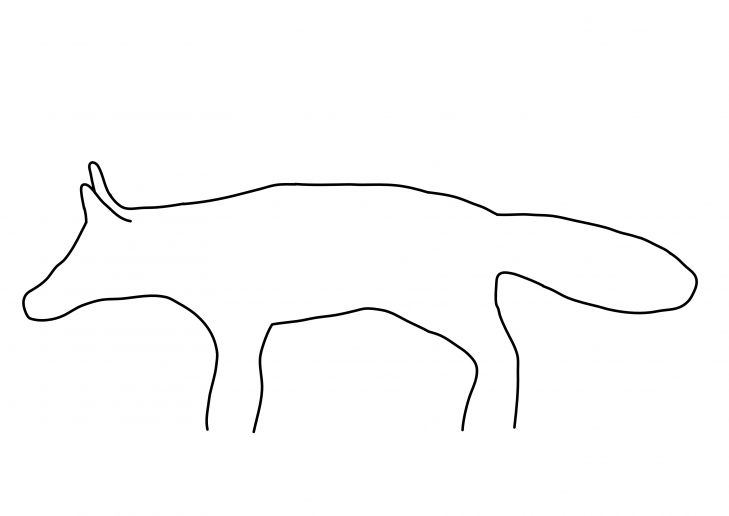
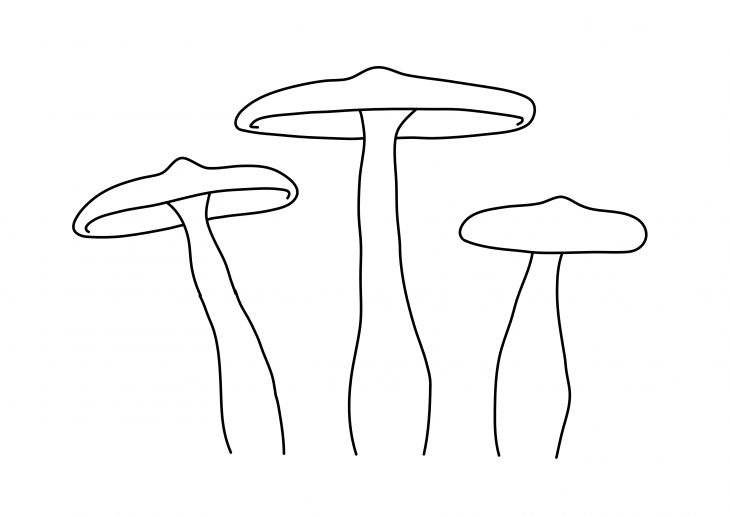
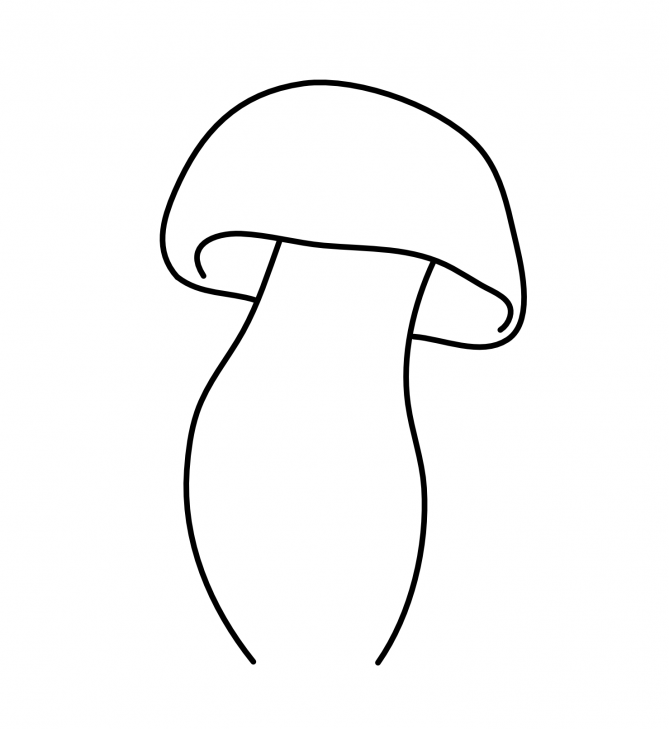
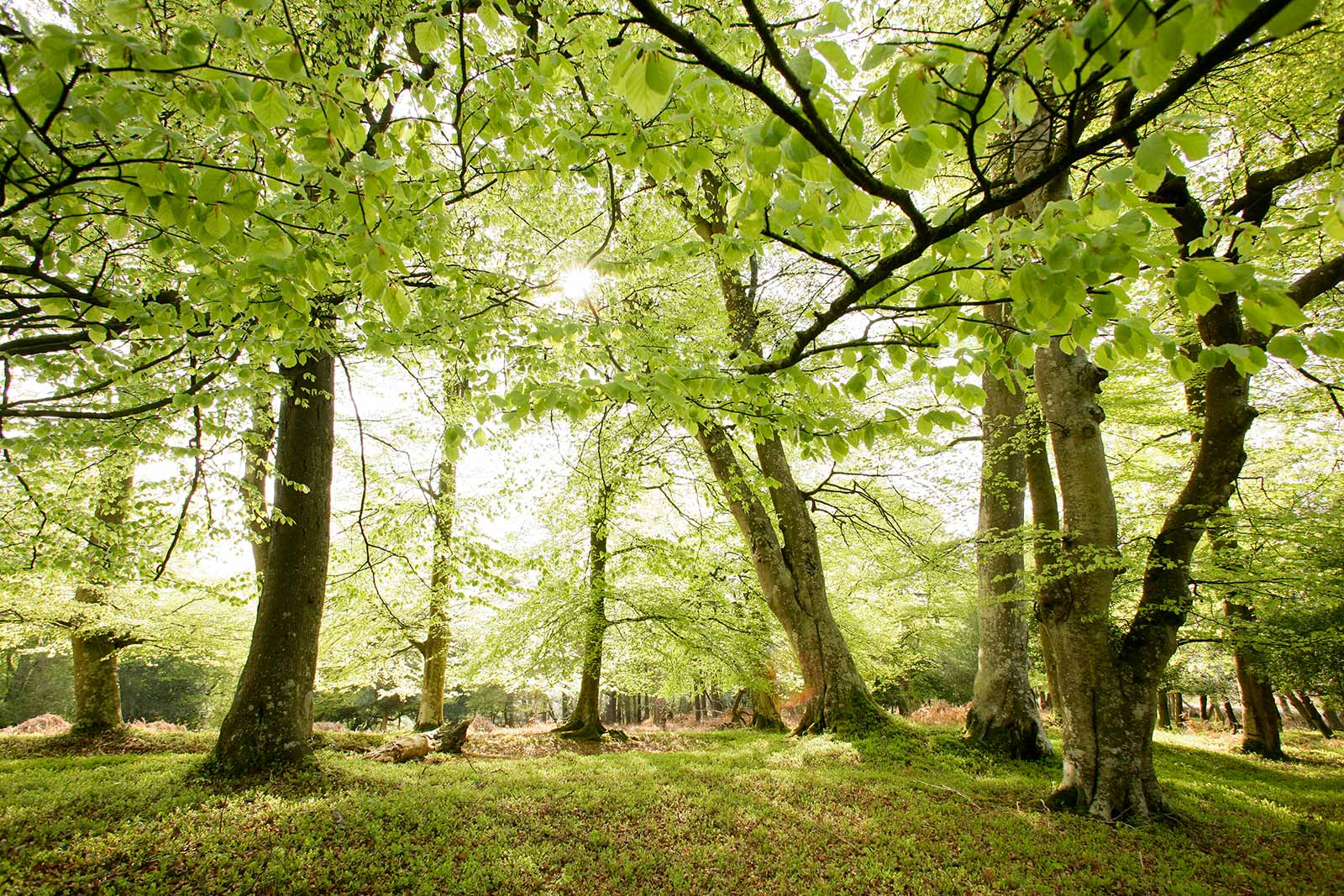
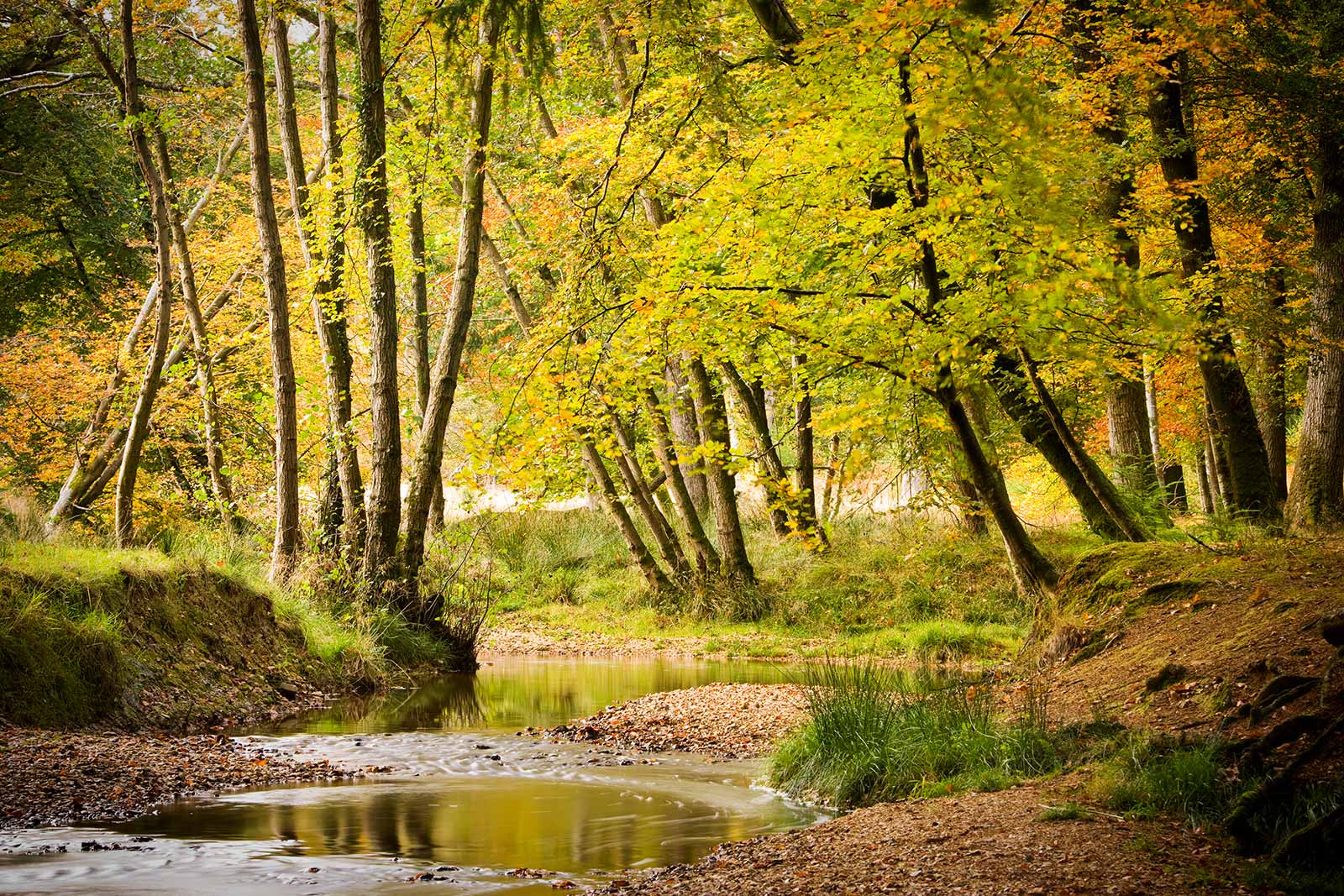
Once Agrumi has made the sculpture, the Ligustrum delavayanum plants require a growing season or two to ‘green up’. This is when the leaves have filled out and the surface appears fluffy with foliage.
The plants don’t always green up at the same rate. The last bit to green up is on the woody parts (like on the stag’s legs).
The really young shoots have leaves at closer internodal lengths, which mean that they grow at a faster rate. The older stems (sometimes used structurally in the designs) take longer to green up.
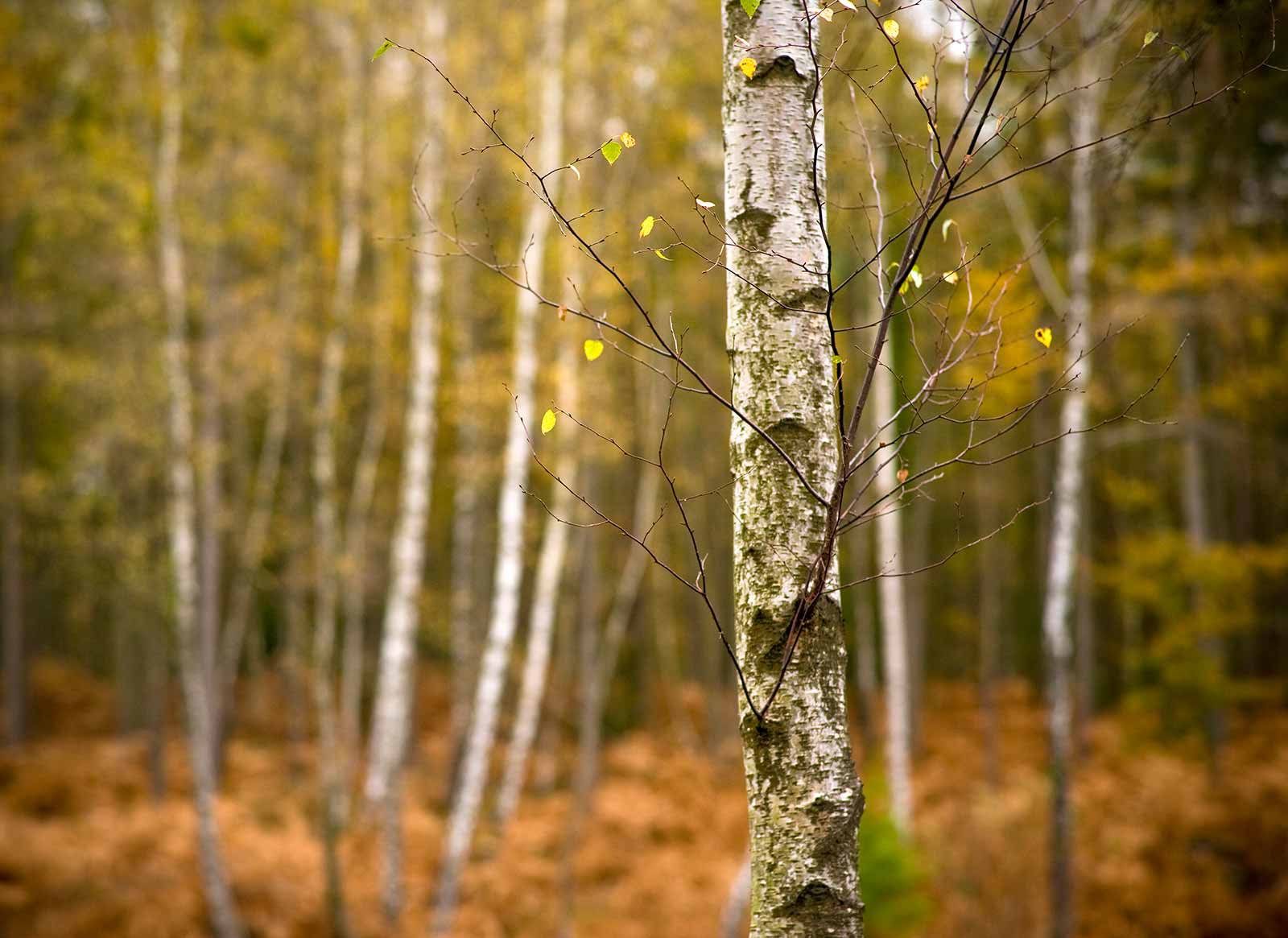
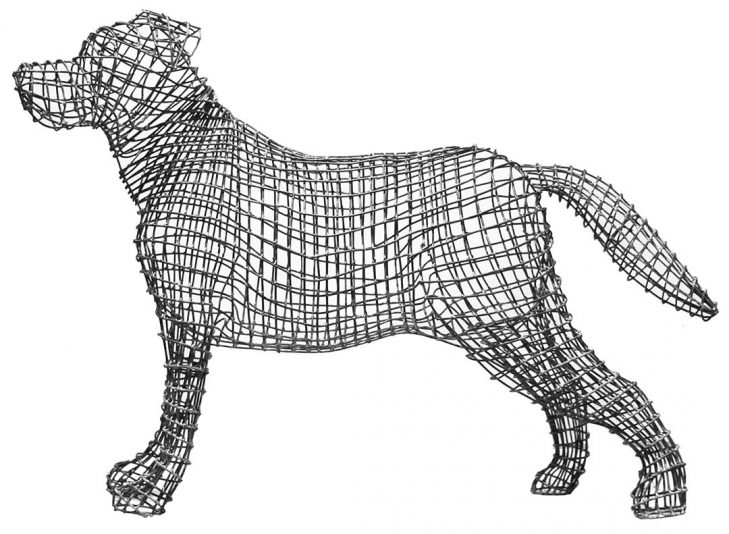
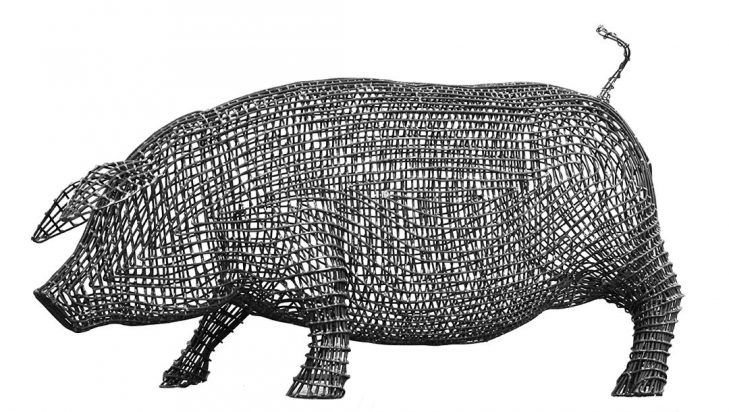
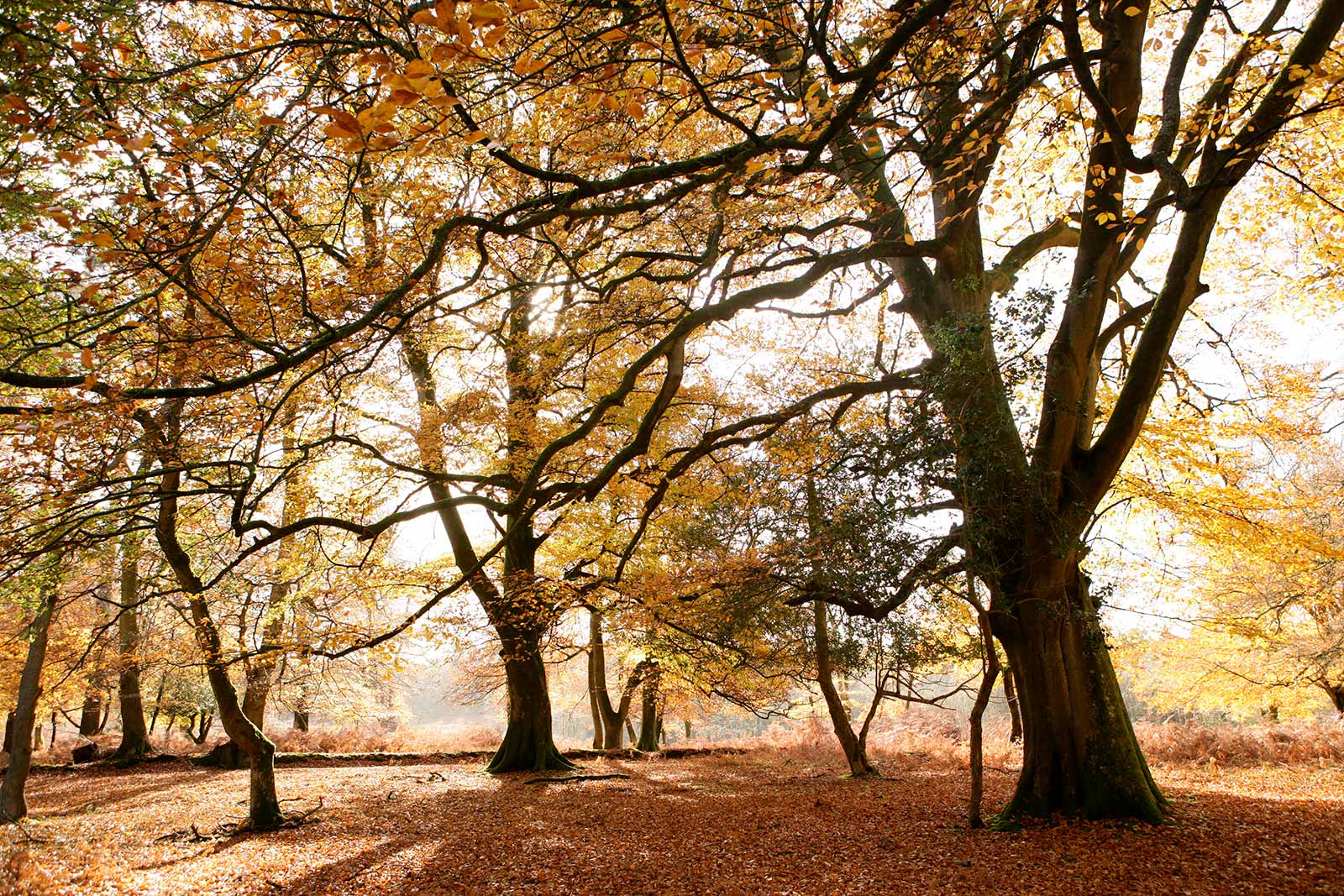
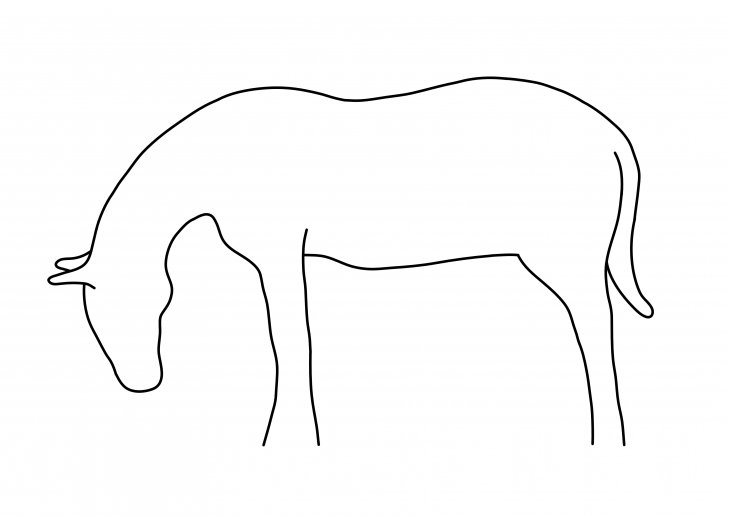
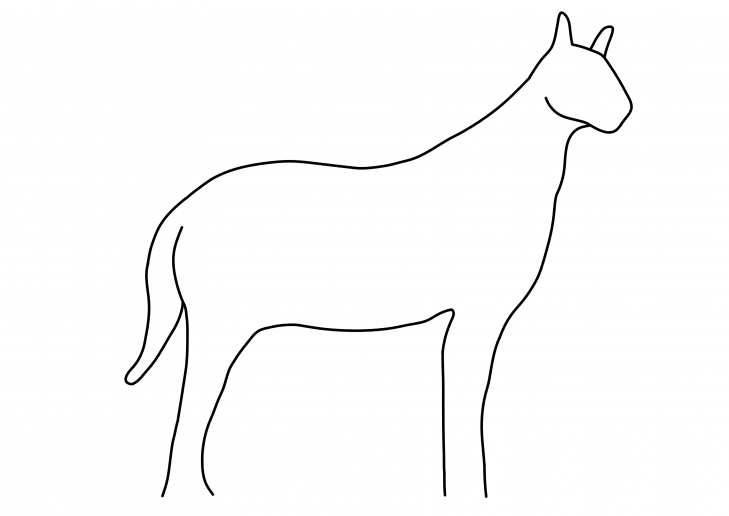
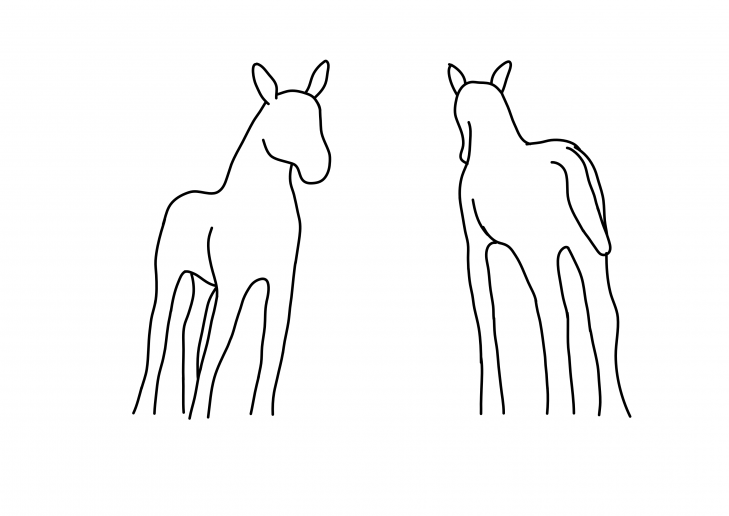
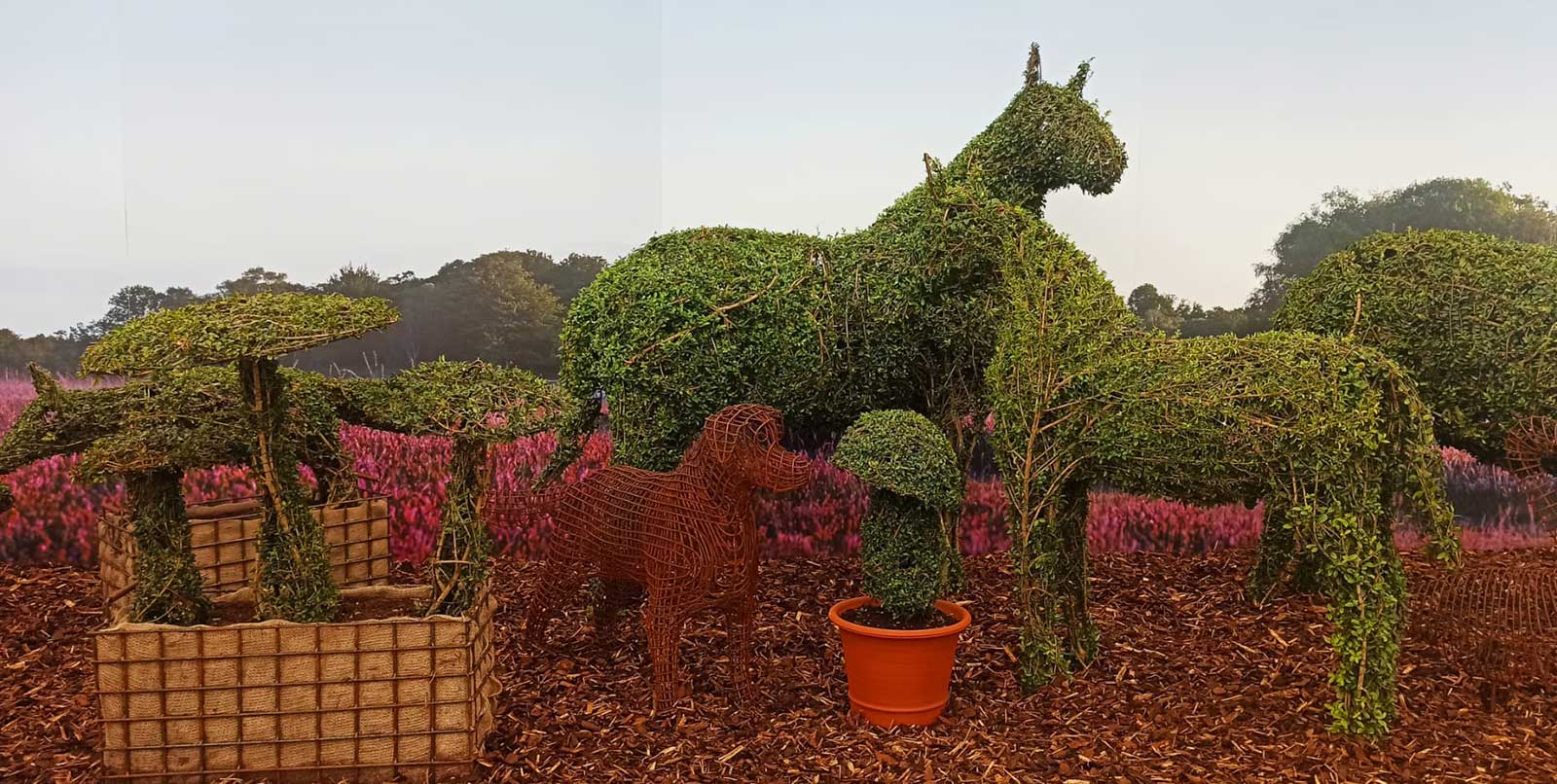
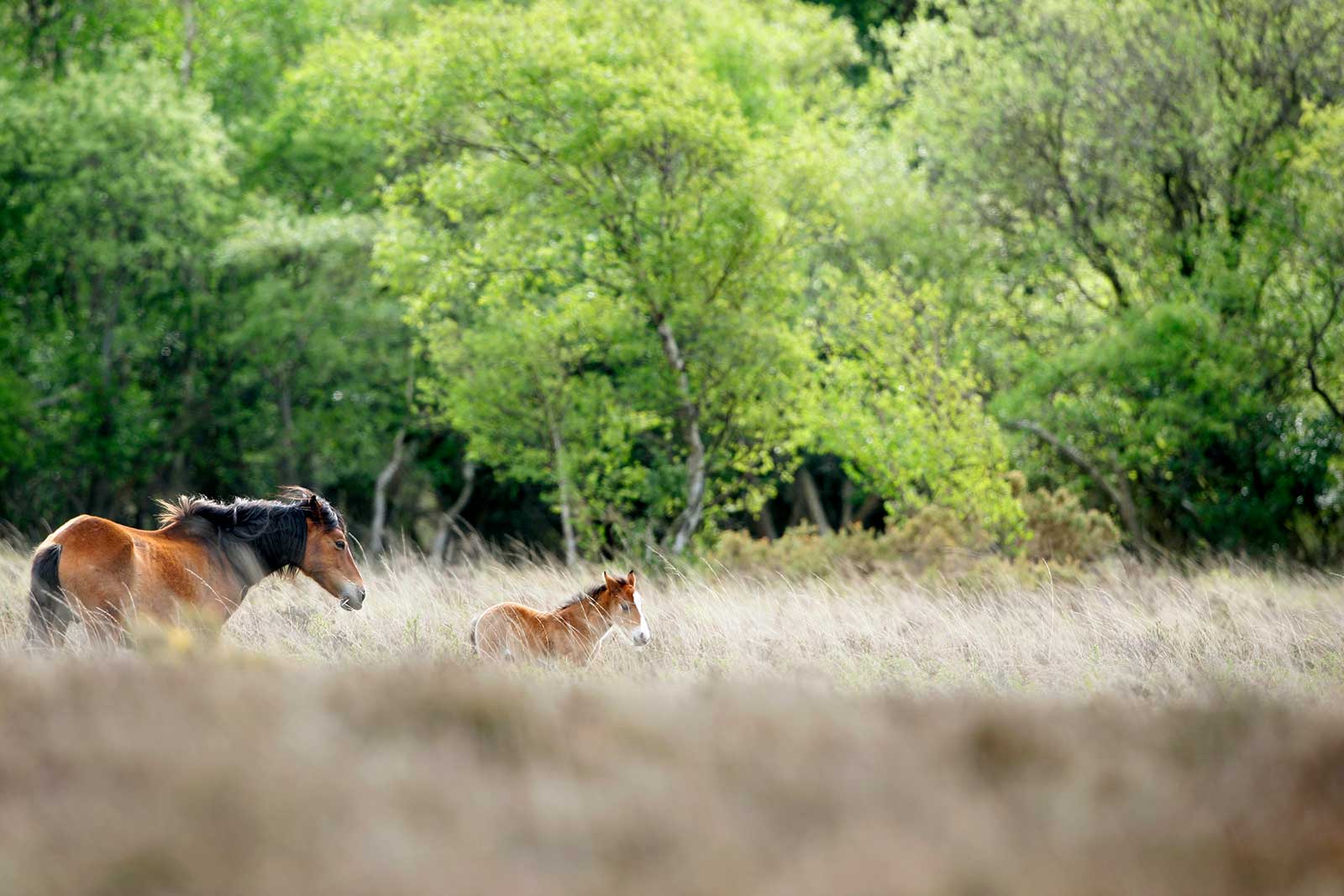
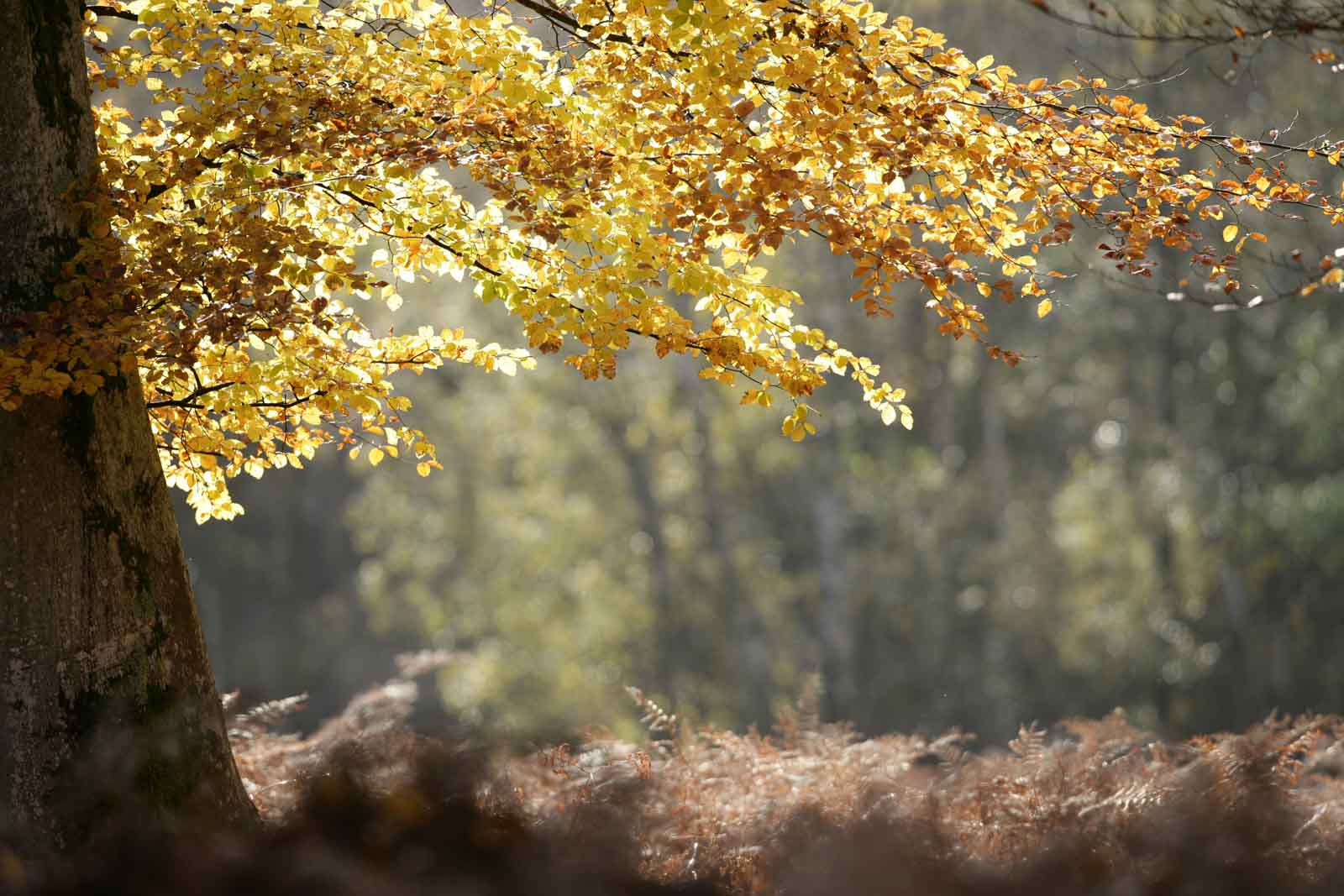
RHS Wisley is currently trialling a range of alternatives to traditional box plant (Buxus sempervirens) hedges in their Walled Gardens.
Unlike Ligustrum and other alternatives, Box plants are susceptible to box blight (a fungal disease) and box tree moth caterpillars.
Box is also slow growing and less useful for Agrumi’s larger sculptures, which need to ‘green up’ quickly at the top.
Can you work out which leaf is from which plant?
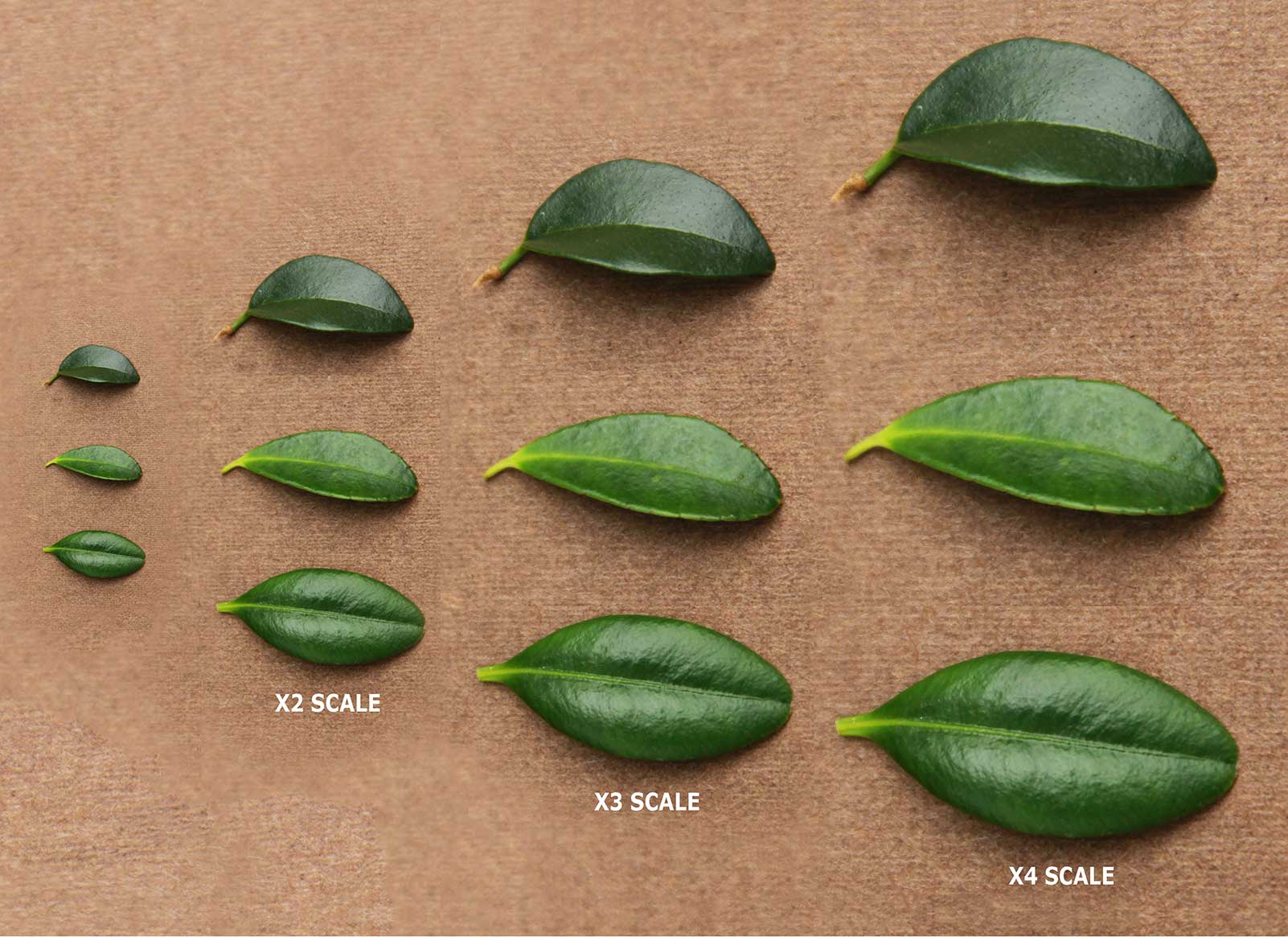
Box-leaved Privet (Ligustrum delavayanum) is a great alternative to box (Buxus sempervirens). It is not subject to box blight or box tree moth caterpillars. It also requires minimal care in comparison.
Agrumi use grafted Ligustrum delavayanum plants for their topiary work. The branches are malleable and great for weaving onto steel armature topiary frames.
Aged plants, grown especially for years in preparation for topiary use, allow for a speedy sculpture building process.
Agrumi combines the small-leaved plant of one Ligustrum and the strong root system of another Ligustrum plant to create their living plant
topiary sculptures.
The Scion (the part with leaves) they use is a small-leaved variety of Ligustrum (Ligustrum delavayanum).
The leaves are very similar in appearance to box (Buxus sempervirens).
The Rootstock is a variety of Ligustrum with a strong root system (Ligustrum japonicum), which supports the health of the entire plant.
